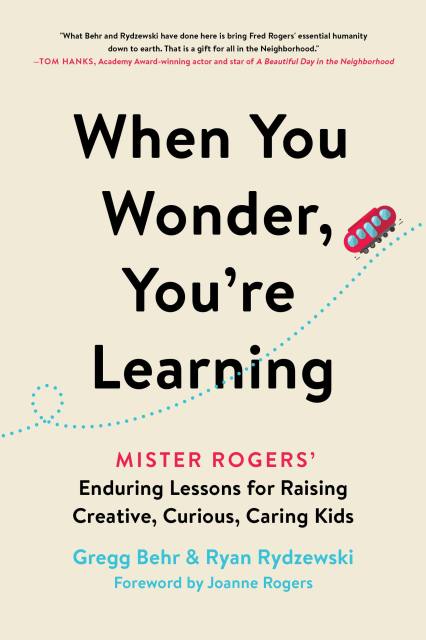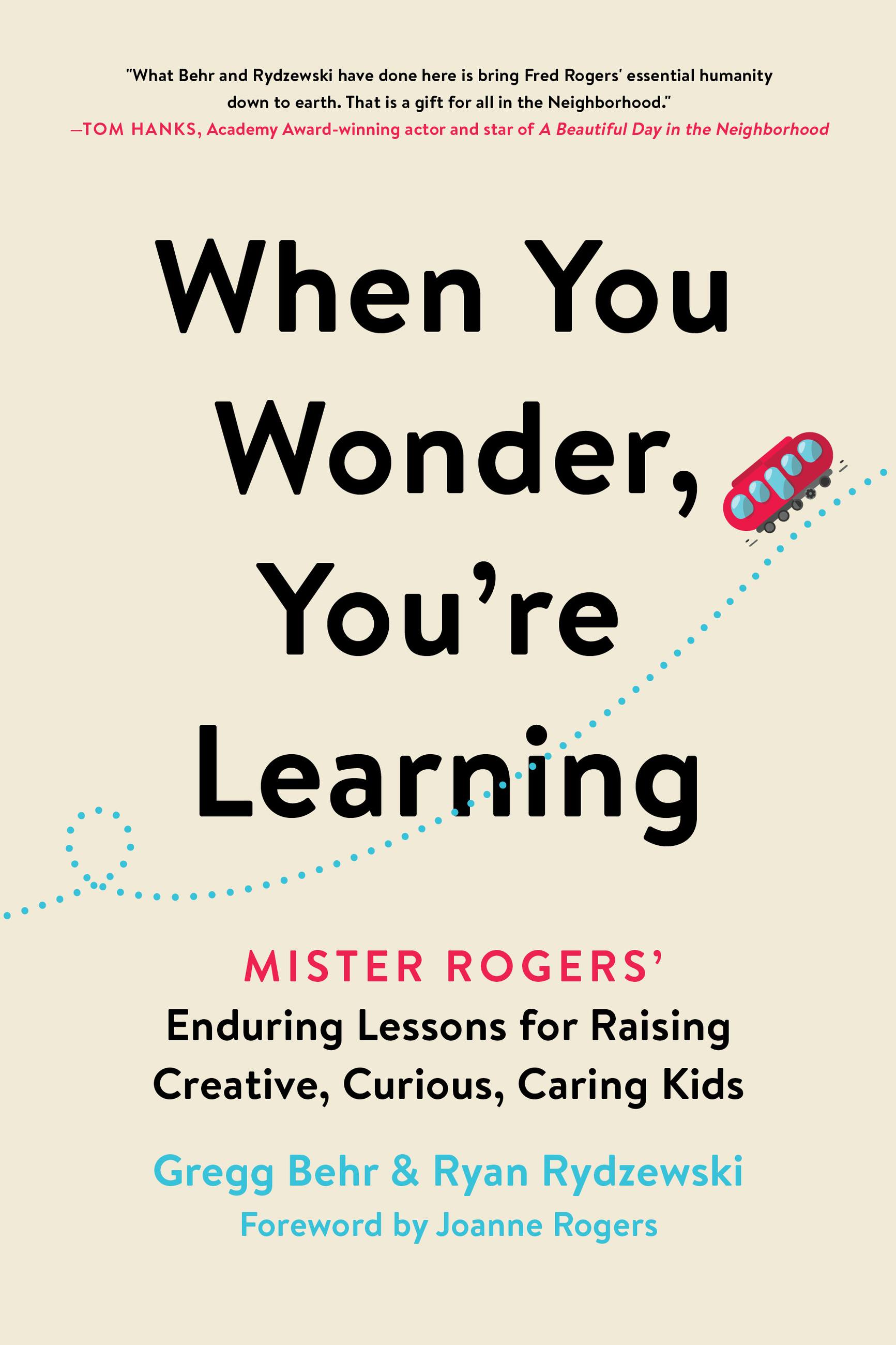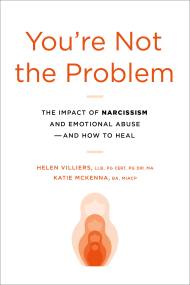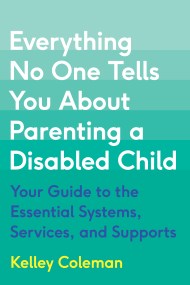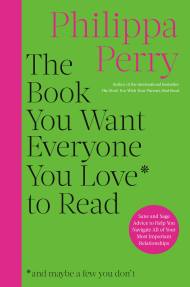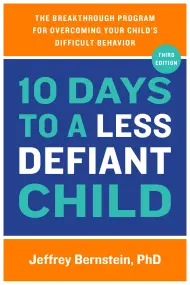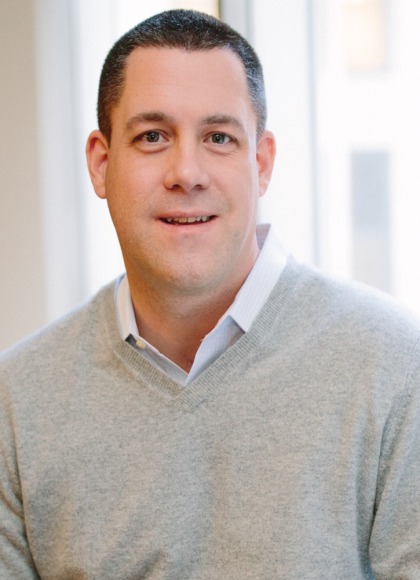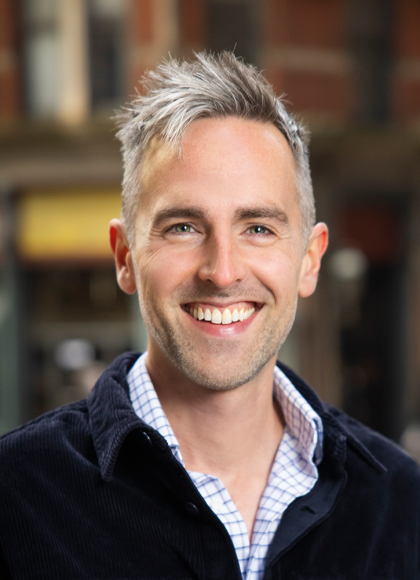When You Wonder, You're Learning
Mister Rogers' Enduring Lessons for Raising Creative, Curious, Caring Kids
Contributors
By Gregg Behr
Foreword by Joanne Rogers
Formats and Prices
Price
$12.99Price
$16.99 CADFormat
Format:
- ebook $12.99 $16.99 CAD
- Hardcover $29.00 $37.00 CAD
- Audiobook Download (Unabridged) $24.99
- Trade Paperback $18.99 $23.99 CAD
This item is a preorder. Your payment method will be charged immediately, and the product is expected to ship on or around April 20, 2021. This date is subject to change due to shipping delays beyond our control.
Also available from:
With lessons from Mister Rogers’ Neighborhood and examples from the acclaimed education network Remake Learning, this book brings Mister Rogers into the digital age, helping parents and teachers raise creative, curious, caring kids.
Authors Gregg Behr and Ryan Rydzewski know there’s more to Mister Rogers than his trademark cardigan sweaters. To them, Mister Rogers’ Neighborhood isn’t just a children’s program — it’s a proven blueprint for raising happier, healthier kids. As young people grapple with constant reminders that the world isn’t always kind, parents and teachers can look to Fred Rogers: an ingenious scientist and legendary caregiver who was decades ahead of his time.
When You Wonder, You’re Learning reveals this never-before-seen side of America’s favorite neighbor, exploring how Rogers nurtured the “tools for learning” now deemed essential for school, work, and life. These tools can boost academic performance, social-emotional well-being, and even physical health. They cost almost nothing to develop, and they’re up to ten times more predictive of children’s success than test scores.
No wonder it’s been called “a must-read for anyone who cares about children.” With insights from thinkers, scientists, and teachers — many of whom worked with Rogers himself — When You Wonder, You’re Learning helps kids and the people who care for them do what Rogers taught best: become the best of whoever they are.
Authors Gregg Behr and Ryan Rydzewski know there’s more to Mister Rogers than his trademark cardigan sweaters. To them, Mister Rogers’ Neighborhood isn’t just a children’s program — it’s a proven blueprint for raising happier, healthier kids. As young people grapple with constant reminders that the world isn’t always kind, parents and teachers can look to Fred Rogers: an ingenious scientist and legendary caregiver who was decades ahead of his time.
When You Wonder, You’re Learning reveals this never-before-seen side of America’s favorite neighbor, exploring how Rogers nurtured the “tools for learning” now deemed essential for school, work, and life. These tools can boost academic performance, social-emotional well-being, and even physical health. They cost almost nothing to develop, and they’re up to ten times more predictive of children’s success than test scores.
No wonder it’s been called “a must-read for anyone who cares about children.” With insights from thinkers, scientists, and teachers — many of whom worked with Rogers himself — When You Wonder, You’re Learning helps kids and the people who care for them do what Rogers taught best: become the best of whoever they are.
Genre:
-
"If you learned about life from Fred Rogers’ example, the better off you are. His beloved Neighborhood was a place of curiosity and kindness, of simple joys found in a complicated, yet safe world. Each of us has a role to play in building Neighborhoods of our own. What Behr and Rydzewski have done here is bring Fred Rogers' essential humanity down to earth. That is a gift for all in the Neighborhood."Tom Hanks, Academy Award-winning actor and star of A Beautiful Day in the Neighborhood
-
"One of the first things people wonder about Fred Rogers is whether he could possibly be as kind and warm in person as he seemed to be on television. When they learn that he was all those things and more, their response almost always gives way to reverence—for the person who liked them exactly as they were. When You Wonder, You're Learning is an essential exploration of how Rogers designed his most remarkable, enduring gift: the Neighborhood's unconditional insistence on humanity, its dignity, and its worth."Morgan Neville, Academy Award-winning documentary filmmaker and director of Won't You Be My Neighbor?
-
"Recent films, biographies and tributes have attempted to capture the kindness and genius of Fred Rogers. When You Wonder, You’re Learning is a beautiful complement to all that has been written, as it looks beyond the man to peel back the curtain and reveal the science used by Fred, and others who have followed, to inspire the development of caring and empathetic children into whose hands our future rests. I cannot imagine a more important time for a book such as this."Paula Kerger, President and CEO, PBS
-
"Gregg and Ryan study the way Mr. Rogers communicated. Somehow, when Mr. Rogers talked to the TV camera, he was listening to what we all wonder about— and listening would be good for all of us, no matter what family we’re part of, what we do for a living. With the instant communication available today, you might think that we are more in touch with each other than ever. The authors show that’s just not the case. They also show that Mr. Rogers and all the characters in his neighborhood had a way of listening that could change the world."Bill Nye, Science Educator, CEO The Planetary Society
-
“Fred Rogers taught that we each have something unique — a kind of inner music that only we can make. In this book, Behr and Rydzewski do for readers what Fred Rogers did in the Neighborhood: use brain science to help all of us become the best of whoever we are.”Goldie Hawn, Academy Award-winning actress and founder of MindUP
-
"When You Wonder, You’re Learning is a compelling, beautifully written call for seeing, supporting, and loving the individual complexities of every human being, whether they’re kids or adults, our own children or a neighbor’s. Living up to the kindness and humanity that Fred Rogers embodied will never be easy, but with this essential book—full of fascinating science and moving scenes from Mister Rogers’ Neighborhood—Behr and Rydzewski have given us the tools."Dr. Todd Rose, former director of the Mind, Brain, and Education program at Harvard University and bestselling author of The End of Average: How We Succeed in a World That Values Sameness
- On Sale
- Apr 20, 2021
- Page Count
- 288 pages
- Publisher
- Hachette Go
- ISBN-13
- 9780306874727
Newsletter Signup
By clicking ‘Sign Up,’ I acknowledge that I have read and agree to Hachette Book Group’s Privacy Policy and Terms of Use
